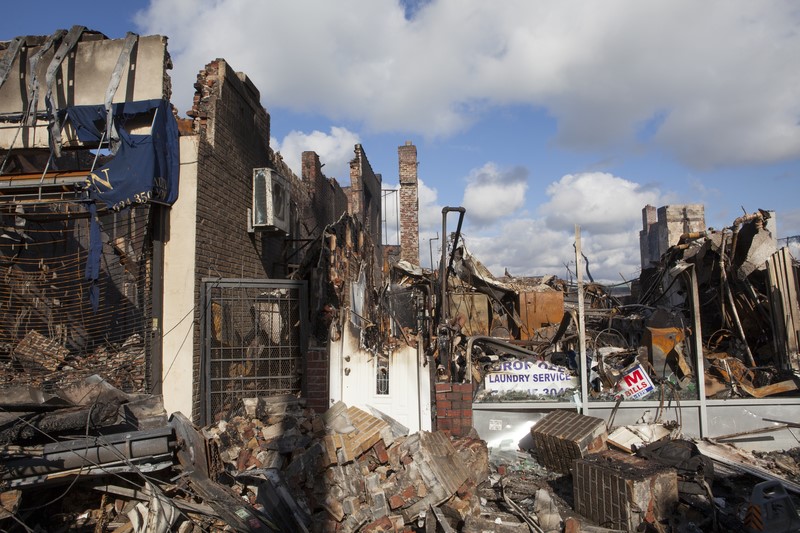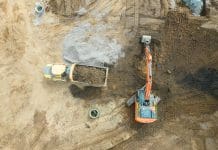The increasing number of natural disasters throughout the world has given rise to a collaborative exhibit by BRE and Catholic Relief Services (CRS) that will be unveiled at BRE’s Innovation Park in Watford on 17 November
The 17.5m² Humanitarian Shelter demonstrates construction types and dynamic approaches that can be used to assist communities when disasters occur. ‘Transitional’ shelters such as these are one of the first critical components of emergency relief.
The Humanitarian Shelter is designed to be occupied by a family of five; with 3.5m² per person the minimum humanitarian space standard (according to international humanitarian SPHERE standards). The exhibit demonstrates how emergency shelters need to be designed for resilience, rapid construction and deployment; but also, crucially make use of local skills, labour and materials.
The type of transitional shelter used in emergency situations will vary depending on the type of disaster, the local climate, community and resources available. Naturally available or locally made materials could include; stone, timber, bamboo, earth (including burnt bricks) and grass thatch, with common materials for roofing including concrete and metal sheets.
The Humanitarian shelter at BRE could represent a permanent house in some countries; while in other contexts would be a temporary or transitional solution; or could be a ‘core’ dwelling, where the shelter is built on to create the other rooms of the house. A transitional shelter needs to last long enough for households to recover their livelihoods to raise the funds they need to build their permanent dwelling, which takes on average between five to 15 years.
Projects such as the Humanitarian Shelter have huge scalability potential, and would be coordinated on the ground with NGO’s, local governments, authorities and communities. These organisations will then work with local communities to educate and support in the building of the shelters themselves. Taking five days to assemble on average, communities become equipped with the knowledge needed to deal with any potential future disasters.
Jamie Richardson, Shelter and Settlements Technical Advisor for CRS, said: “Recovery after extreme weather events such as Hurricane Irma may take many years, which often requires some kind of transitional shelter. This exhibition shows how organisations can collaborate to build safer, stronger shelters and better to meet the challenges of a changing climate and environment. The shelter design addresses the physical environment but also the processes that need to accompany this, allowing people to live normal lives in safety, good health and with dignity.”
Visitors to BRE’s Innovation Park will see the variety of recommended materials and construction techniques, and the exhibit will be a focal point for research and demonstrations on process and non-technical issues. Demonstrations will range on relevant topics, for example, the integration of toilets into shelter structures to ensure adequate sanitation, and to highlight the link of shelter with health and sanitation programmes.
“Our aims are to share information with stakeholders and the wider public and media on these issues. It will be part of our outreach to building professionals and materials experts, and act as a stimulus for wider research and understanding on issues such as climate change resilience and sustainability,” added Richardson.
Yetunde Abdul, QSAND Programme Manager at BRE, said: “Installing this demonstration shelter on our Park gives us an opportunity to further collaborate and share our knowledge with the humanitarian sector as well as showcasing the benefits of QSAND, our tool for the sustainable reconstruction of disaster affected areas. We also can bring in our wider research and demonstration activities that take place on the Park, for example we have recently opened a flood resilient demonstration building and have extensive programmes of research covering climate change and resilient buildings.”
The 21st UK Shelter Forum is taking place at BRE Innovation Park on 17 November. For more information on the event and the shelter, visit http://www.shelterforum.info/uk-shelter-forum-21/ or www.bregroup.com








![[VIDEO] World’s largest crane lifts final ring at Hinkley Point C Big Carl, the world's largest crane, lifting the final liner ring for Hinckley Point C](https://www.pbctoday.co.uk/news/wp-content/uploads/2024/10/94747-218x150.jpg)





